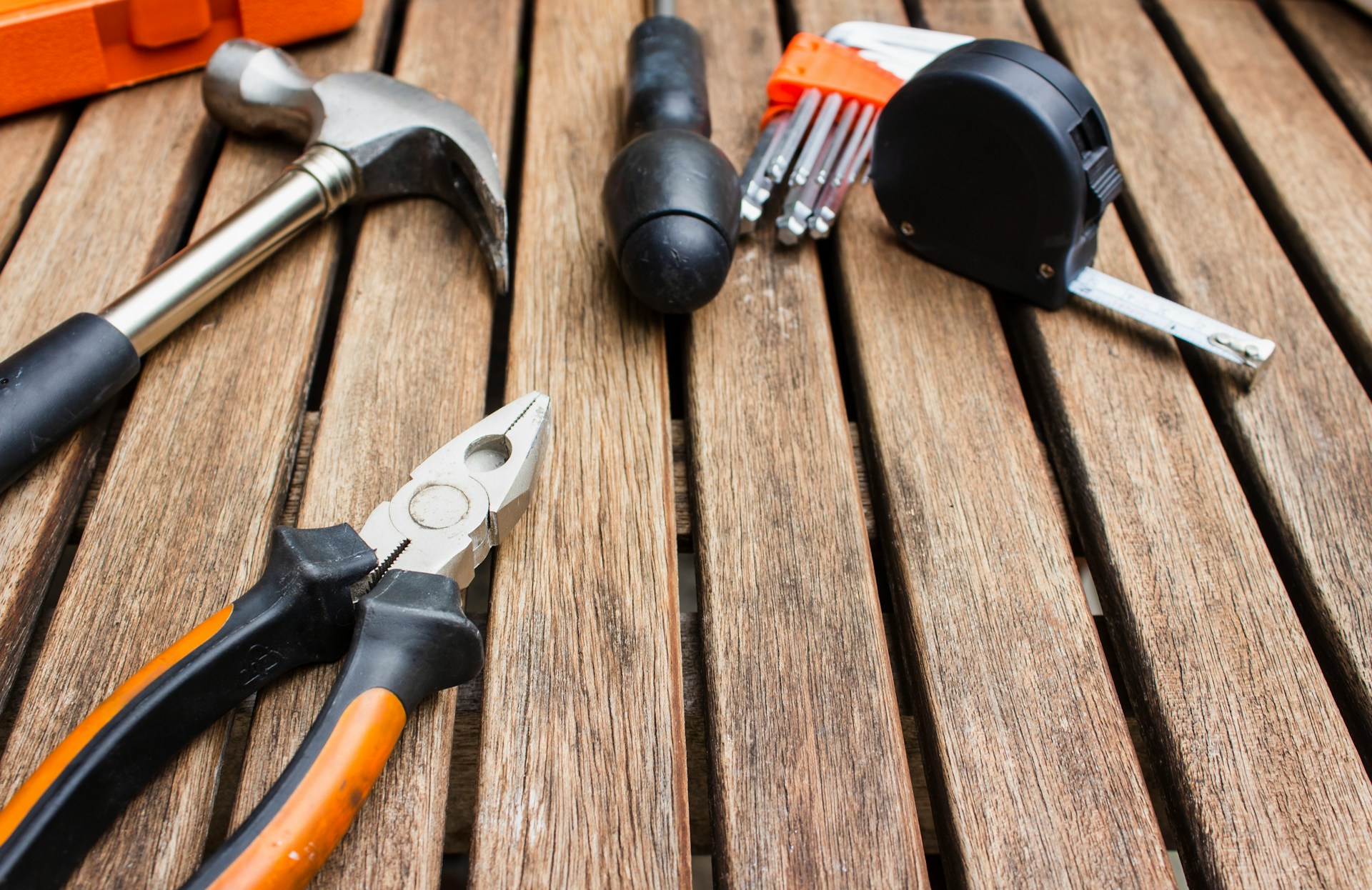Tradesmen, who we need in our everyday lives, are a vital workforce to the growth and maintenance of our society. While tradesmen protect our lifestyle and daily smooth routine, they also need protection and safety at the workplace.
You should take care of your belongings at work, and if something happens to your gadgets, you are completely responsible. However, it is not possible to keep things within your eyesight always while working, and in between, bad things might happen.
Tools and equipment are vital for a tradesman to get the job done. But what if they are lost or stolen?
Well, loss or damage to tradesman gadgets is common everywhere, and fortunately, there is a solution. As you know, those tools are expensive, and it is not possible to purchase them again and again. Low-cost tools insurance might help you to cover the cost of those tools.
Confused?
Well, I would like to explore some of the other areas that might help protect my tools better as a Tradesman.
Invest In Quality Storage Solutions
Proper storage isma the first line of defense when protecting your tools. Investing in high-quality storage solutions can prevent damage and deter theft. Consider the following options:
Toolboxes and Chests: Durable, lockable toolboxes and chests provide secure storage for your tools. Look for ones made of heavy-duty materials like steel or impact-resistant plastic.
Tool Bags and Backpacks: For mobility, high-quality tool bags or backpacks with reinforced stitching and padded compartments can protect your tools while on the move.
Jobsite Storage Boxes: These are larger, more secure boxes designed to be left on-site. They are typically made of steel and can be bolted down to prevent theft.
Implement A Tool Management System
A well-organized tool management system can help you keep track of your tools, reducing the risk of loss or theft. Consider the following practices:
Inventory Management: Keep a detailed inventory of all your tools, including serial numbers, purchase dates, and photos. This can be invaluable in the event of theft.
Labeling: Clearly label your tools with your name or a unique identifier. Engraving tools with your details can deter thieves and make it easier to recover stolen items.
Regular Audits: Conduct regular audits of your tool inventory to ensure everything is accounted for. This can help you quickly identify any missing tools.
Secure Your Worksite
Securing your worksite is crucial in protecting your tools from theft. Implementing a few security measures can significantly reduce the risk of loss:
Fencing and Lighting: Ensure your worksite is properly fenced and well-lit. Motion-sensor lights can deter potential thieves.
Surveillance Cameras: Installing security cameras can act as a deterrent and provide valuable evidence in case of theft.
Lock Up: Always lock your tools in a secure storage box or vehicle when not in use. Never leave them unattended on-site.
Protect Your Tools From The Elements
Exposure to the elements can cause significant damage to your tools, leading to rust, corrosion, and other issues. Here are some tips to protect your tools from environmental damage:
Climate-controlled storage
Protective coatings
Waterproof covers
Maintain And Service Your Tools Regularly
Regular maintenance and servicing are essential to keep your tools in optimal condition. Neglecting maintenance can lead to premature wear and tear, reducing the lifespan of your tools. Follow these guidelines:
Cleaning: Clean your tools after each use to remove dirt, debris, and other contaminants. This can prevent damage and ensure they function properly.
Inspection: Regularly inspect your tools for signs of wear or damage. Address any issues promptly to prevent further deterioration.
Sharpening and Calibration: Keep cutting tools sharp and ensure measuring instruments are properly calibrated. This not only extends their lifespan but also ensures accuracy in your work.
Insurance And Financial Protection
Insurance can provide financial protection in the event of tool theft or damage. Consider the following options:
Tool Insurance: Specialized tool insurance policies can cover the cost of replacing stolen or damaged tools.
Homeowners or Renters Insurance: Check if your existing insurance policies cover tools. You may need to add a rider or endorsement for adequate coverage.
Business Insurance: If you run your own business, comprehensive business insurance can protect your tools and other assets.
Conclusion
When it comes to tool protection, everything matters, from quality storage solutions to working on your tool insurance. As a Tradesman, I always try to keep things intact, but there is no 100% security.
So, it’s better to follow the safety tips and stay on top of our preparation for tool safety.









